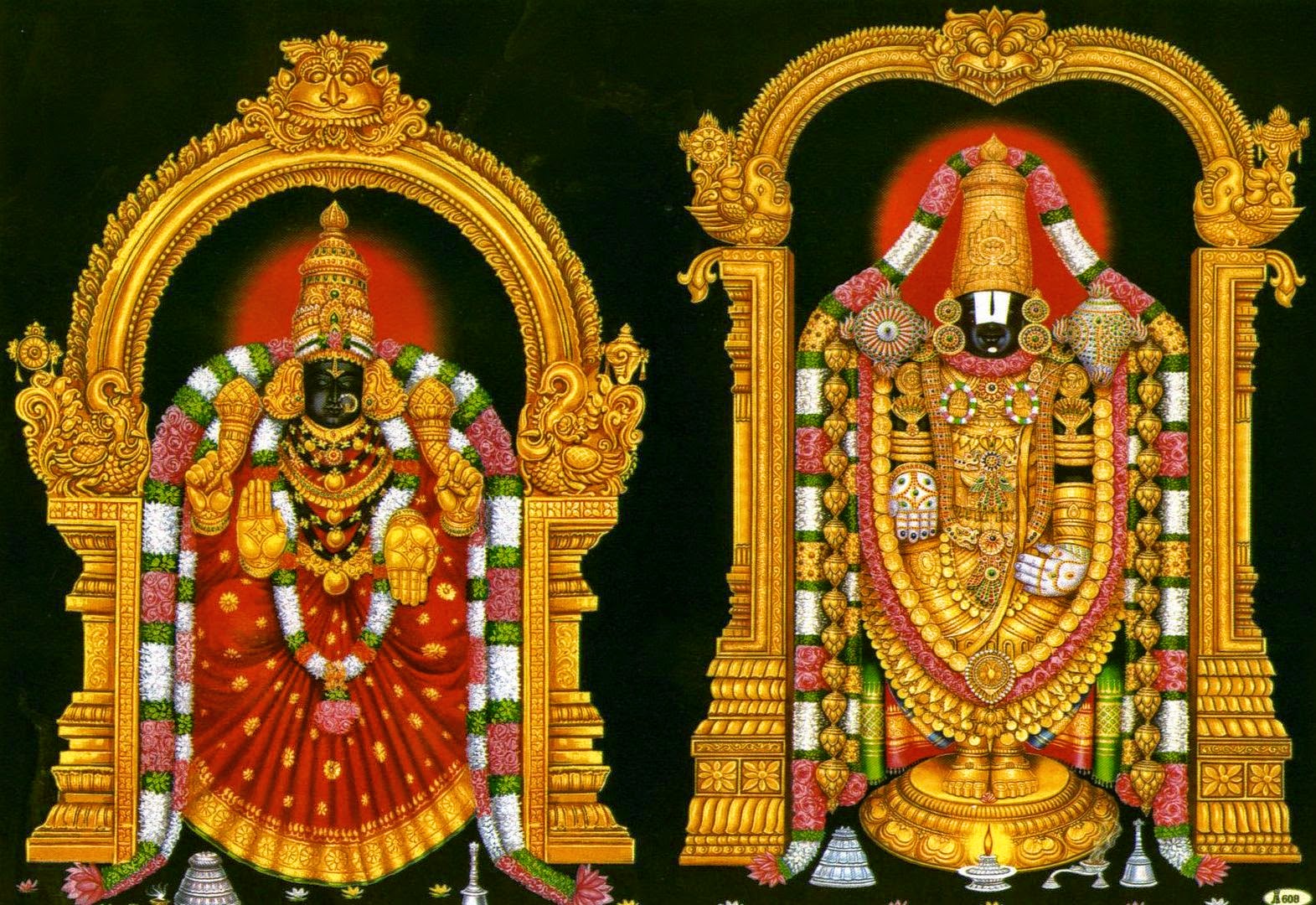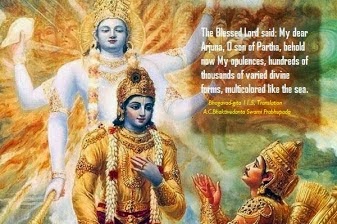The Spiritual Import of the Mahabharata and the Bhagavadgita : 4.
The Plight of the Pandavas :
Part-4.
Likewise is the condition of the soul in its incipient, immature, credulous waking. The spiritual bankruptcy and the material comforts combined together makes one feel that there is the glorious light of the sun shining everywhere during the day and the full moonlight at night, and there is nothing wanting in this world. The emotions and the periods of understanding and revolutions are all in the form of an orb, where there may be a little bit of gold, a little bit of iron—the one cannot be distinguished from the other. Children, in their psychological make-up, are like an orb—their components are not easily distinguishable. So spiritual seekers lead a very happy life in the earlier stages, imagining that everything is fine. They have not seen the world; they cannot see through the world.
The psychological rift occurs when the realities of life begin to sprout forth into minor tendrils and begin to lean towards the daylight of practical experience. The psychic components of the individual are descendents of a common ancestor, as the Pandavas and the Kauravas were descendants of Kuru, the great hero of ancient times. Yes, it is true—what we call the positive and the negative are not two forces, really speaking; they are two facets or diverse movements of freeing the bound soul. In the Upanishads we read that both the devas and the asuras were born to Prajapati, notwithstanding the fact that the devas and asuras had to fight with each other. It is something like the right hand and the left hand fighting with each other, though they belong to the same common organism or being. There is a similar parentage of the deva and the asura sampat. The devas and the asuras are the Pandavas and the Kauravas, in the language of the epic. They are the sattvic samskaras on the one side, and the rajasic and tamasic samskaras on the other side.
The embittered feelings manifest themselves into concrete forms when the child grows into an adult, and there is psychological tension. Slowly, as age advances, we become more and more unhappy in life. The jubilance and buoyancy of spirit that we had when we were small children playing in the neighbourhood or playground—that joy slowly diminishes. We become contemplatives with sunken eyes and a glaring look, and a concentrated mind into the nature of our future. We begin to exert in a particular direction, while exertion was not known when we were small babies—we were spontaneous. Spontaneity of expression gives place to particularised exertion when age advances. We become more and more marked in our individual consciousness, whereas it is diminished in the baby. There is practically a rising of the ego in the child. It sprouts up into a hardened form when age advances into youth, and even earlier. These two principles are present in the individual; they are present in human society; they are present in the cosmos.
Swami Krishnananda
To be continued ...
.jpg)



Comments